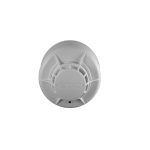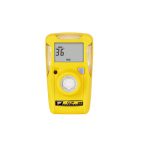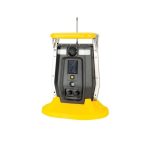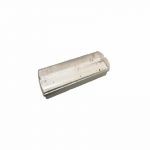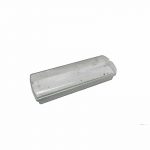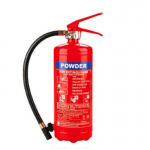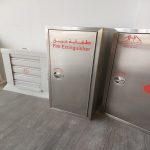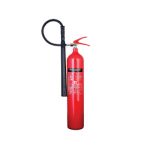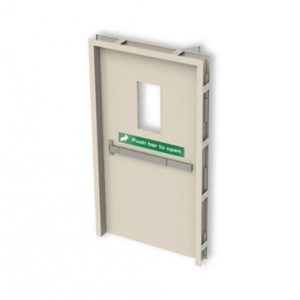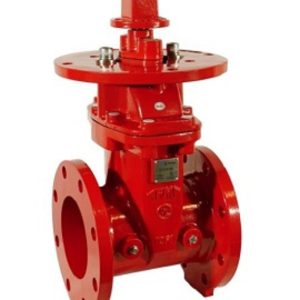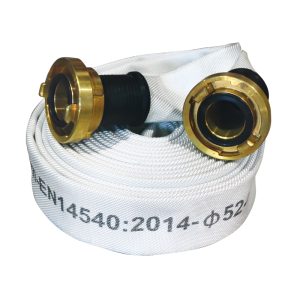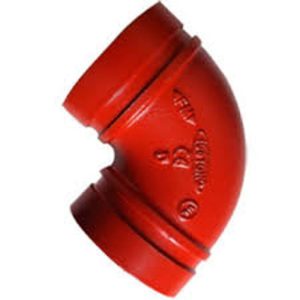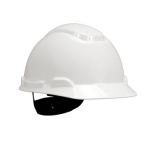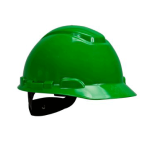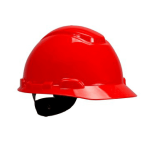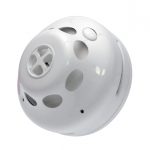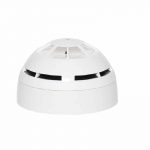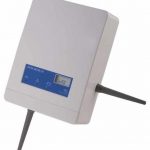Your list is empty, add products to the list to send a request
Emergency Lights: Guiding the way to Safety

03
Jan
Emergency Lights
Emergency lighting, technically known as escape lighting facilitate safe exits from building when normal lighting fails. An independent power source powers it. Most emergency lights last for 3 hours, just enough for emergency evacuations or repairs. Emergency lights use rechargeable batteries.
They also used to prepare dangerous equipment before evacuation. Firefighters also use emergency lights for search and rescue operations during an emergency. Emergency lightings are deployed most in buildings were crowds are common.
According to new UAE regulations, emergency lightings are mandatory in building with a high level of occupancy. Residential buildings, such as hostels, hotels, and apartments also require emergency lighting. Most building codes in other countries require their installation in older buildings.
UAE Emergency lighting requirements
As required by the UAE civil defence, Emergency lighting in the UAE must indicate exit routes, provide illumination towards and through such exits during emergencies. And also be positioned such that fire alarm trigger points and firefighting equipment can be easily located during emergency evacuations. Emergency lightings must also be resilient enough to permit safety operations in the case of any mishap.
Incandescent light bulbs were used initially as emergency lights, before fluorescent lights. Now, light-emitting diodes (LEDs) are primarily used. Allowing emergency lighting to be more discrete, they also demonstrate superior performance. LEDs last longer and require less maintenance. Emergency lights play two significant roles, escape lighting and standby lighting. Escape lighting often illuminates three points: escape route (the exit signage must clearly state the exit), open area, and high-risk area.
Emergency lightings require minor maintenance to keep them in shape. They should be visually inspected daily to ensure they are ready. While monthly tests should be conducted to ensure that all emergency luminaires illuminate correctly (lamps and batteries are working). Annual tests should be performed on the lights to ensure that all emergency luminaries illuminate successfully and fully achieve duration required (3 hours).
Modes of Emergency Lights
There are three main modes of emergency lighting: they are the maintained, non-maintained emergency lights & Sustained emergency lights
- Maintained Emergency lights:
These lights are always on and remain lit for the minimum emergency duration (usually 3 hours) after a power failure has occurred. Maintained emergency escape lights are used in places of assembly like cinemas, clubs, shopping centers, and malls.
They allow the people to familiarize themselves with the emergency routes. With maintained lights, burnt out lighting bulbs can be immediately spotted. Exit lights are mostly considered as Maintained mode lights
- Non-Maintained Emergency Light:
A non-maintained emergency light will only light up in the event of a power failure, and even though it will also stay lit for the minimum emergency duration required, it may not have been noticed by the public before the power outage are not faulty. Non-maintained emergency lights are likely to be found in less busy places like offices, shops, and factories. Most of dedicated lights
- Sustained or Combined Mode Emergency Light:
A sustained emergency light, switches on whenever the mains fails. It also has a “normal” lamp that is always switched based on a switch input
Emergency lights come in various designs; Recessed, Surface, High Wattage, Weatherproof, and Explosion Proof Emergency Lights.
The Importance of Emergency Lighting
- The most important benefit of an emergency lighting system is that it allows people to remain calm and confident when exiting a power failure. Eliminating risks of a stampede.
- Emergency lights allow for easy evacuation and movement in dark spaces during a power outage.
- Increased visibility helps to avoid injuries accidents during the power outage. E.g., falling down the stairway.
- In case of it being just a quick fix, in industrial buildings, work may carry on until the issue is fixed.
Emergency lights ensure the security of the lives of people and property during power cuts and emergencies. As a part of modern building regulations, emergency lights are required for most buildings.
Visit www.firesupplies.ae for excellent quality emergency lights from across Europe & Asia.




